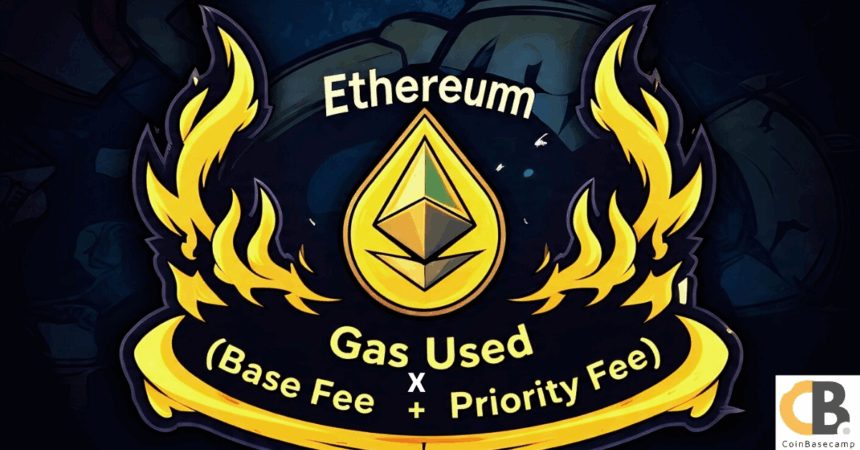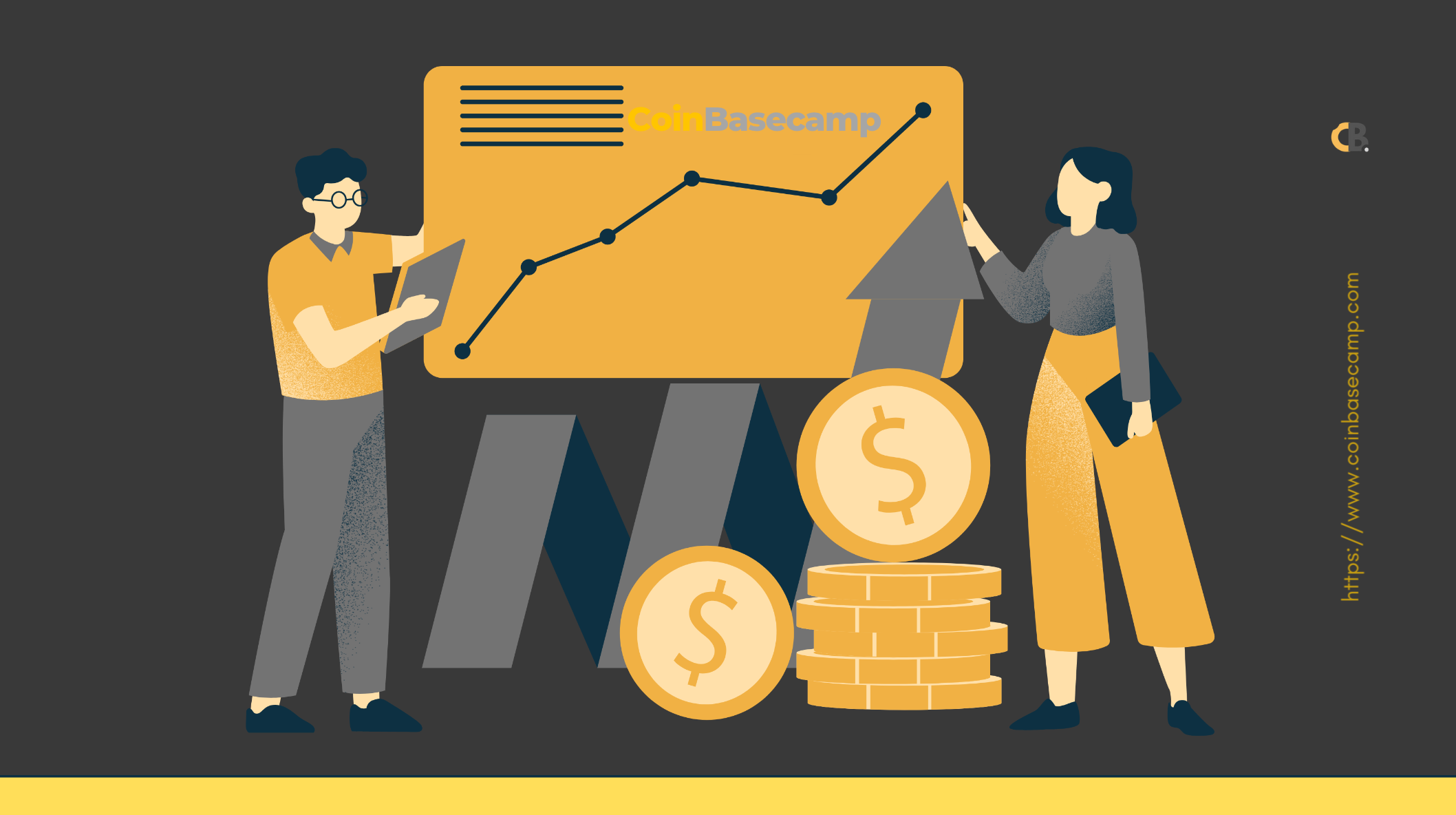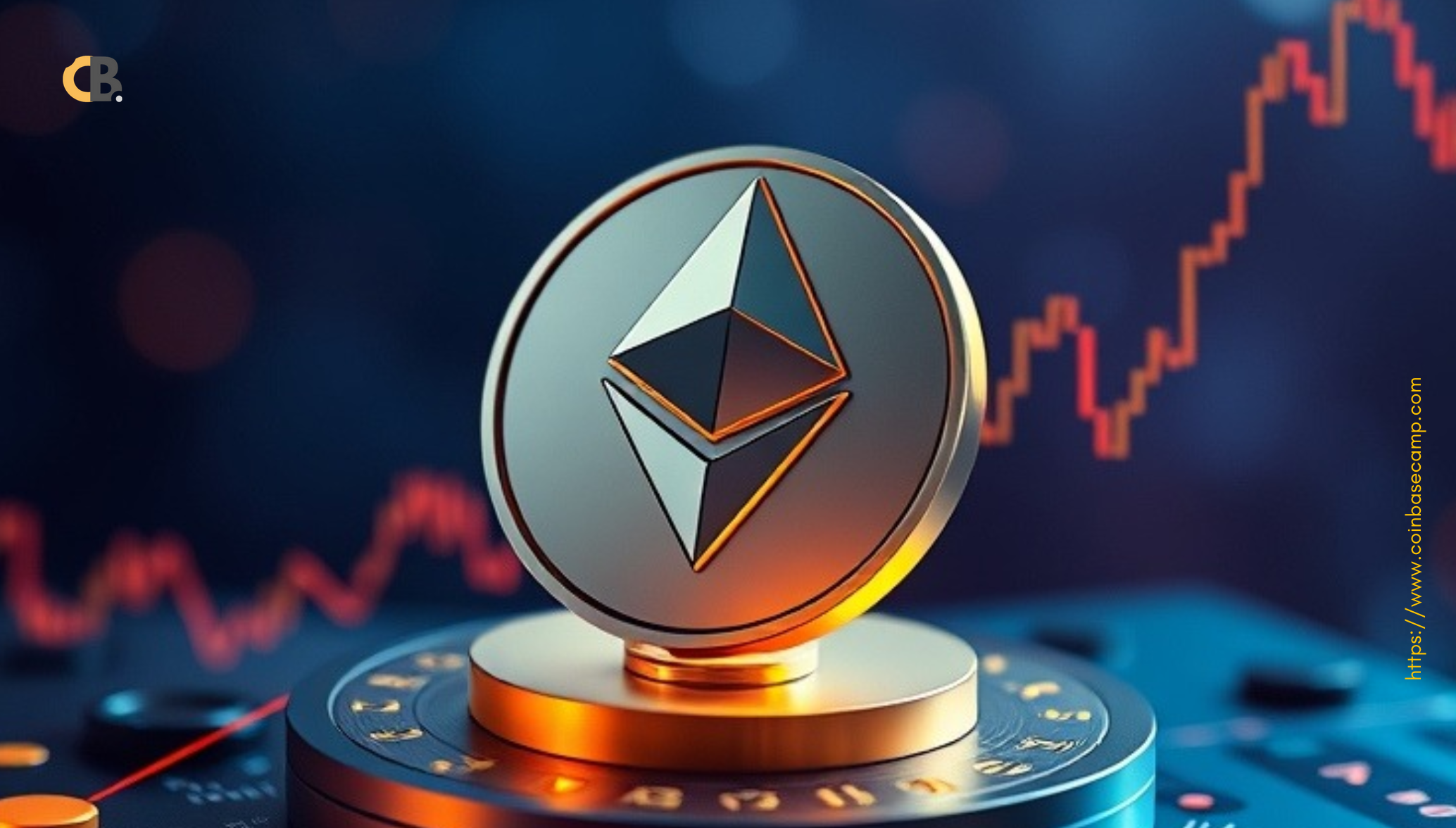How to Set Gas Fees on Ethereum will help you avoid overpaying ethereum gas fees while interacting with the blockchain during the peak hours or in off-peak hours. Gas fees are central to how Ethereum works, but understanding and setting them properly can save you time and money. This article breaks down Ethereum gas fees in the simplest way possible, showing you how to control costs without losing your transaction.
What is Ethereum Gas?
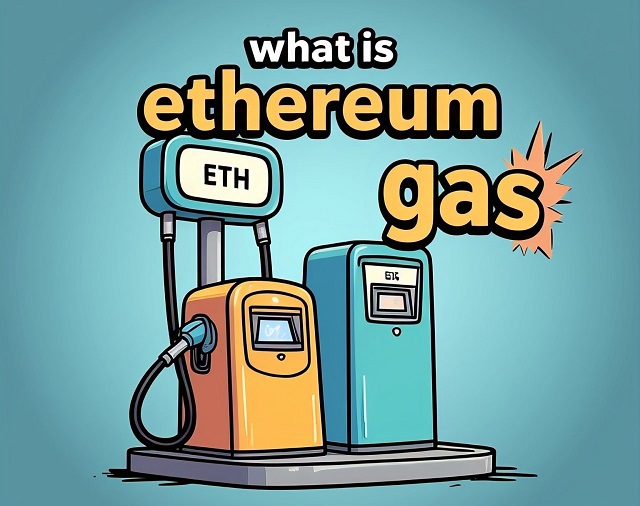
It’s a unit that measures the amount of computational work required to perform actions on the network. This could be anything from sending tokens to executing smart contracts.
Gas makes Ethereum more secure and efficient. Rather than letting users run endless operations for free, each action has a cost. This discourages abuse and ensures that validators (also called block producers) are compensated for their effort.
Think of it like tolls on a highway. The farther you want to go—or the more complex your route—the more you’ll pay.
Sending ETH from one wallet to another might use 21,000 gas units. But deploying a smart contract could use hundreds of thousands, depending on its complexity.
Why Do Gas Fees Exist?
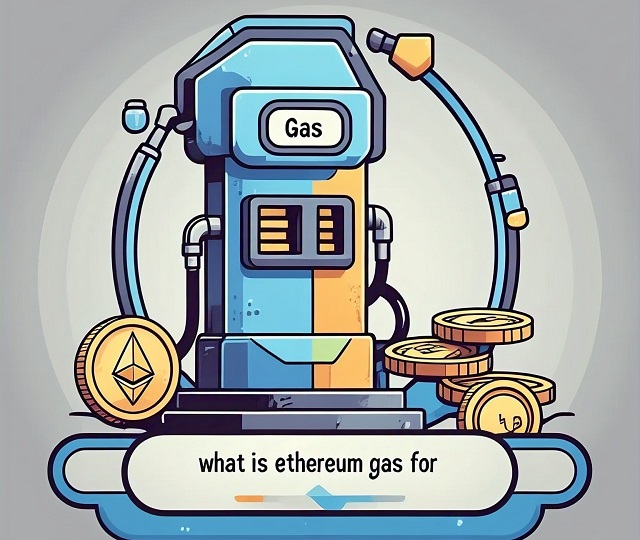
Gas fees serve two main purposes: protecting the network from spam and paying validators for the work of processing transactions. Every computation on Ethereum consumes resources. Without fees, someone could easily clog the network by submitting millions of transactions.
These fees create an economic incentive. Users pay to get their transactions included in blocks. Validators prioritize transactions that offer higher fees, making the system efficient and fair.
Think of a public road system. If there were no tolls, it might get overrun with unnecessary traffic. A toll helps regulate flow and funds maintenance.
Real-Time Example: When bots try to spam the network during a popular NFT launch, the high gas fees naturally discourage them unless they’re willing to pay like everyone else.
How Is the Gas Fee Calculated?
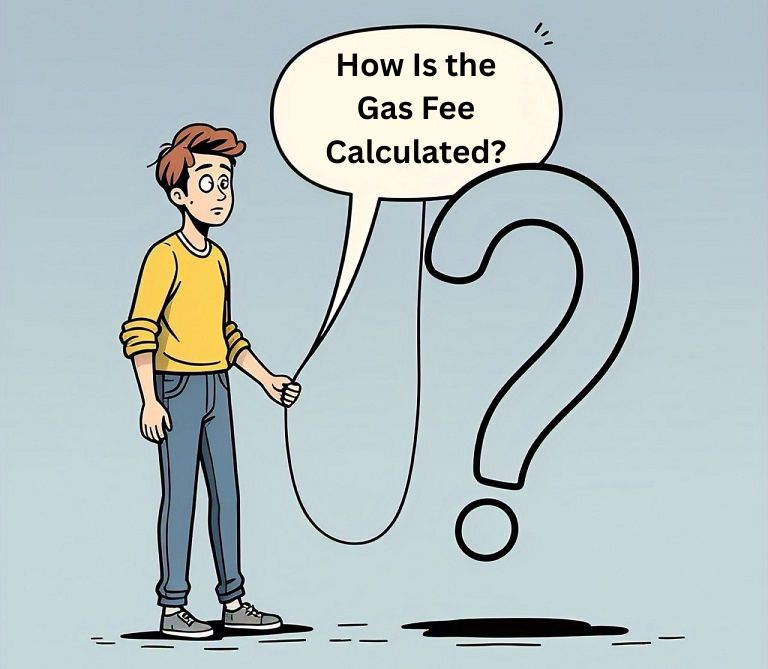
Gas fees are calculated using a simple formula:
Gas Used × (Base Fee + Priority Fee)
Gas used is determined by the complexity of the transaction. For example, sending ETH requires about 21,000 gas units. Interacting with a smart contract might use significantly more.
The total fee you pay is based not just on how complex your transaction is, but also on network congestion and how much of a tip you offer to the validator.
It’s like calling a taxi. The cost depends on distance (gas used), base fare (base fee), and any extra tip you add (priority fee).
What Is the Base Fee?
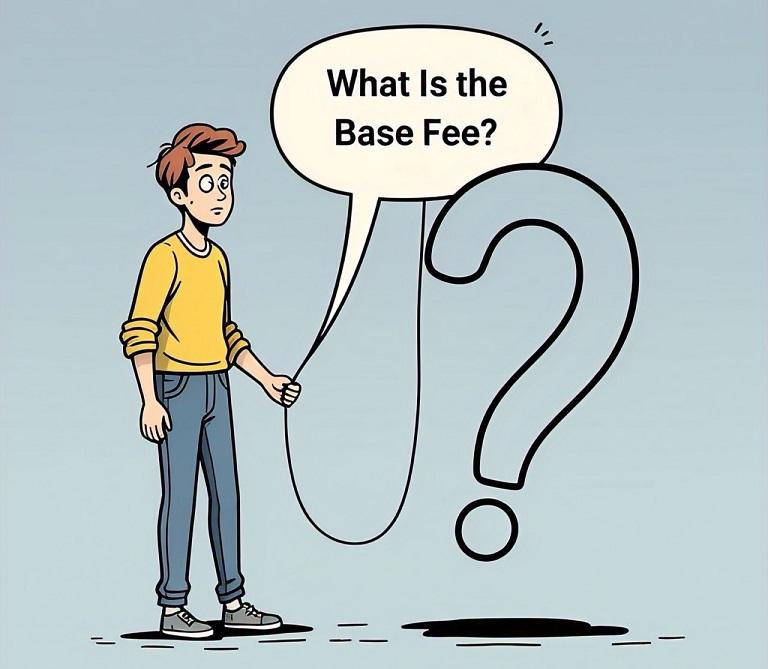
The base fee is the minimum price per gas unit that must be paid for a transaction to be included in the next block. It’s automatically calculated by the network and changes based on demand.
After Ethereum’s London Upgrade (EIP-1559), this base fee is burned—meaning it’s permanently removed from circulation rather than paid to validators. This mechanism helps to reduce overall ETH supply, potentially supporting long-term value.
So, when you look at a gas estimate in your wallet, understand that a portion of that fee isn’t going to anyone—it’s being destroyed to regulate network load.
Think of it like dynamic pricing for ride-sharing apps. During rush hour, prices go up automatically—even without user intervention.
Real-Time Example: If the base fee is 30 gwei during high congestion, every transaction must at least offer that amount per unit of gas to be accepted.
What Is the Priority Fee (Tip)?
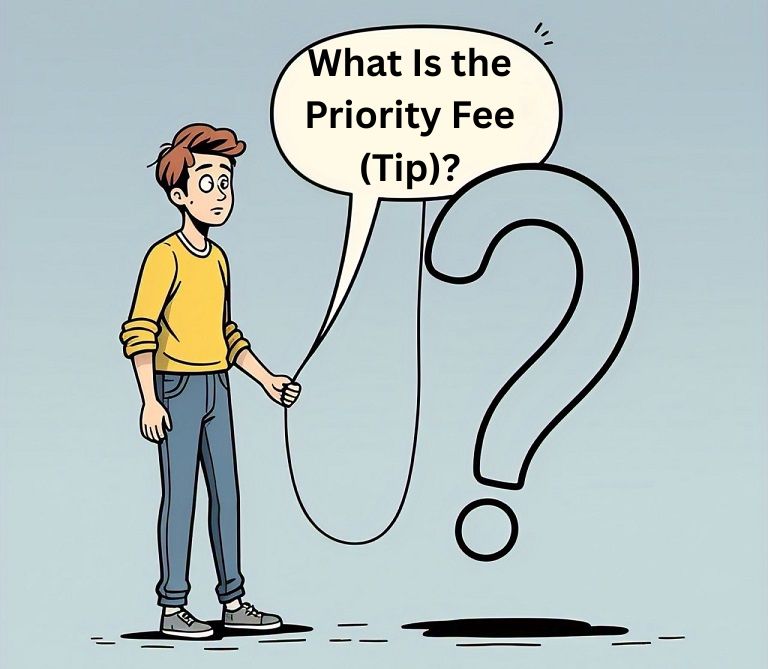
The priority fee, often called the tip, is an extra amount you choose to offer validators. This tip incentivizes them to include your transaction ahead of others.
While the base fee is mandatory and the same for everyone, the tip is up to you. If the network is busy and you’re in a hurry, you might add a higher tip to increase your chances of quick confirmation.
Modern wallets like MetaMask typically suggest a reasonable tip based on current activity, helping you avoid under- or overpaying.
At a busy restaurant, tipping the host might get you a table faster. Same idea here—validators prioritize transactions with better tips.
Real-Time Example: MetaMask might suggest a 2 gwei tip for low urgency or a 10 gwei tip for high-speed processing. Your choice affects how quickly your transaction is confirmed.
If you’re looking to master Ethereum gas fees, check out related guides like how to track live gas rates, advanced gas-saving strategies for DeFi users, and budgeting tips for regular activity. You’ll also discover the fastest ways to acquire ETH for transaction costs, how to sidestep high fees in 2025, and what slippage means in crypto trading—plus how to avoid it.
What Is the Max Fee?

The max fee, or maxFeePerGas, sets a ceiling on how much you’re willing to pay per gas unit. This includes both the base fee and the priority fee.
It’s like saying: “No matter what happens on the network, I won’t pay more than this.”
If the actual fees (base + tip) end up being lower than your max, the difference is refunded back to your wallet. This feature helps protect users from unexpected spikes while still allowing flexibility.
Think of setting a max bid in an online auction. You won’t pay more than your limit, but you might pay less if there’s less competition.
Real-Time Example: If you set a max fee of 100 gwei and the base + tip turns out to be 60 gwei, you get refunded the unused portion.
How Are Gas Limits Used?

The gas limit is the maximum amount of gas you’re willing to spend on a transaction. It doesn’t affect the gas price but controls how much work your transaction can do.
If your transaction runs out of gas mid-way, it fails, but you still pay for the gas used. That’s why many wallets estimate a little extra gas to prevent failed transactions.
For standard transactions like sending ETH, the gas limit is typically 21,000. But for smart contract interactions, it can vary widely depending on the contract’s complexity.
Consider it like setting a data cap on your phone plan. You won’t be charged more than the cap, but you need enough allowance to complete the task.
Real-Time Example: Sending ETH has a fixed gas limit of 21,000, but calling a DeFi contract might need 300,000. Wallets estimate this for you, but you can increase the limit to avoid failures.
Why Can Gas Fees Get So High?
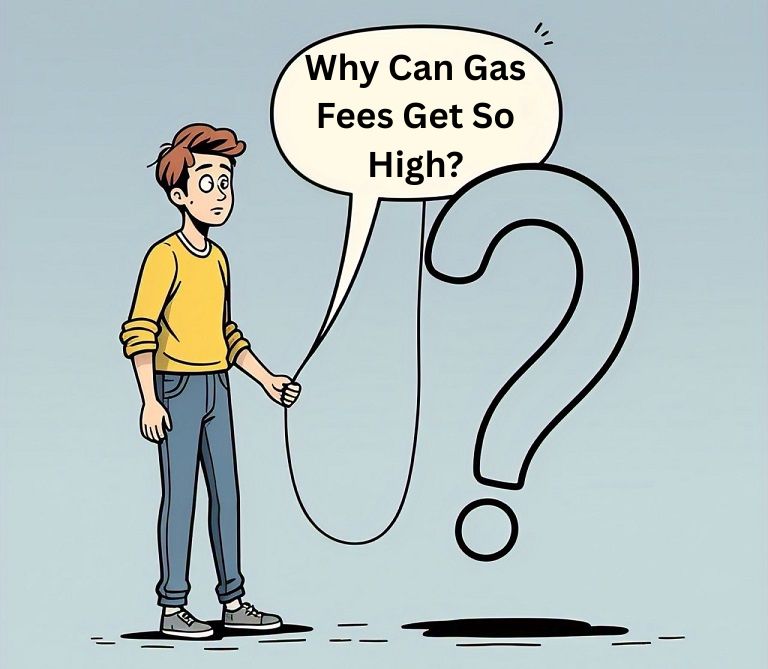
Gas fees fluctuate based on network activity. When Ethereum is congested—such as during major NFT drops, high-stakes DeFi events, or token launches—users compete by offering higher tips to get their transactions processed first.
Ways to Avoid High Ethereum Gas in 2025
Validators naturally pick the most profitable transactions, which causes fees to rise across the board. It’s similar to rush-hour traffic pricing.
In addition, complex contracts consume more gas, so if you’re using decentralized apps with multiple interactions, expect the total cost to reflect that.
Imagine an auction where people are bidding to be heard. The louder the crowd (higher network usage), the more you need to pay to stand out.
Real-Time Example: During the Other side NFT mint, average gas fees exceeded $2,000 due to network congestion. Only those offering very high tips got their transactions confirmed.
Layer 2 Scaling

Layer 2 solutions, like Optimism, Arbitrum, and zkSync, are designed to reduce the load on Ethereum’s main network. They batch transactions off-chain and settle them on-chain, drastically cutting costs.
By using Layer 2, users can perform actions like swaps or transfers for a fraction of Layer 1 fees. These technologies are maturing quickly and becoming more integrated into major wallets and dApps.
Recent upgrades like EIP-4844 and the Dencun hard fork aim to make these rollups even cheaper, further reducing Ethereum’s congestion and fees.
Think of Layer 2 as carpool lanes on a highway. While the main road is jammed, the carpool lane moves quickly with lower tolls.
Real-Time Example: On Arbitrum, a Uniswap trade might cost just $0.10 in gas, compared to $5–$10 on Ethereum Layer 1.
Gas Optimizations for Smart Contracts
Developers can write more efficient smart contracts to minimize gas usage. This isn’t just good for end-users—it also encourages adoption.
Techniques include reducing storage writes, avoiding unnecessary calculations, and simplifying logic. Some developers use specialized tools to detect and fix costly operations before deploying.
Optimizing Gas Fees: Advanced Techniques for DeFi Users
Well-optimized contracts mean lower costs and a better user experience. As gas becomes a bigger factor in how users choose which platforms to trust, contract efficiency becomes a serious competitive advantage.
It’s like designing a car that gets better mileage. The more efficient it is, the less gas it needs to go the same distance.
Real-Time Example: A contract using minimal storage and batch processing techniques can cut gas usage by over 50%, saving users money every time they interact with it.
Final Thoughts – How to Set Gas Fees on Ethereum
Understanding How to Set Gas Fees on Ethereum isn’t just for developers—it helps everyday users make better decisions, avoid overpaying, and interact more efficiently with the blockchain.
By learning how fees are calculated, what influences them, and how to manage your transaction settings, you can use Ethereum more confidently. With scaling technologies and smarter contracts on the rise, the future of Ethereum is aiming for better performance—and lower costs for everyone.





